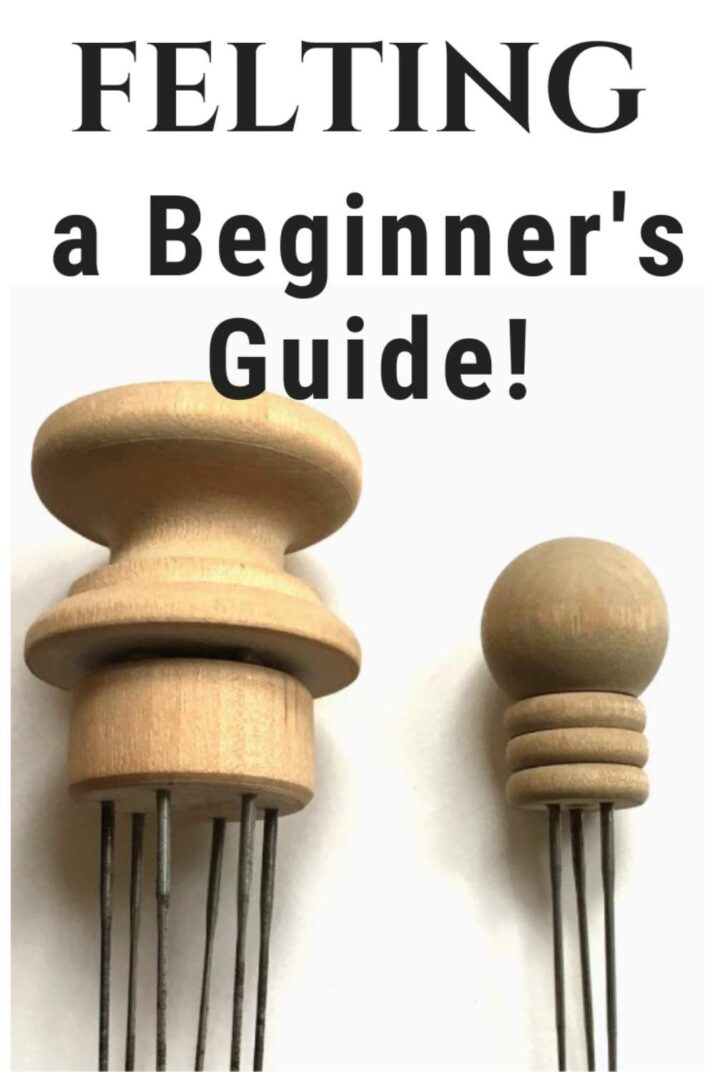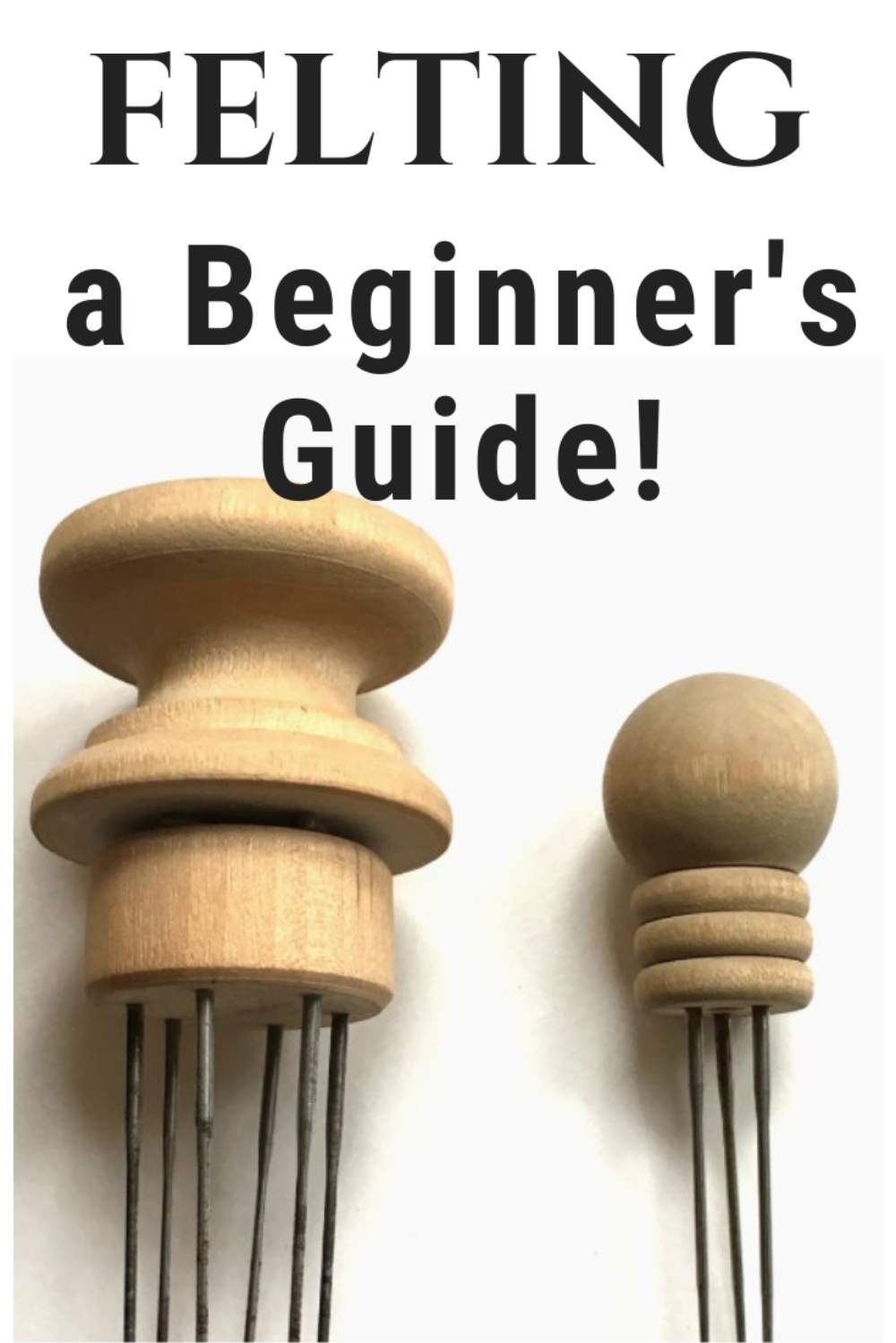What is Wool FELTING?


What is Wool FELTING?
[quads id=11]
Wool felting is a process that involves matting and compacting wool fibers together to create a dense, durable material. It is a traditional textile technique that has been used for centuries to make a variety of items such as clothing, accessories, and home decor.
The process of felting wool begins with raw, unspun wool fibers. These fibers are first cleaned and then carded to align the fibers in a single direction. The fibers are then either wet felted or needle felted to create the desired shape and thickness.
In wet felting, the wool fibers are laid out in layers on a flat surface and then wetted with warm soapy water. The fibers are then agitated and massaged to help the fibers to bond together and form a solid piece of felt. This process can be done by hand or with the help of a felting machine.
Needle felting, on the other hand, involves using a specialized felting needle with barbs on it to push the wool fibers together to create the felted material. The needle is repeatedly poked into the fibers, causing them to tangle and mat together.
Wool felting has many advantages over other textile techniques. It is a versatile process that can be used to create intricate designs and patterns. It is also a sustainable and eco-friendly option, as wool is a renewable resource that is biodegradable.
In addition, felted wool is known for its unique properties. It is naturally insulating, making it perfect for clothing and accessories in cold weather. It is also water-resistant and flame-retardant, making it a popular material for items like bags, hats, and coasters.
Overall, wool felting is a beautiful and timeless technique that continues to be used in modern textile design. Whether you want to create a cozy sweater, a stylish handbag, or a decorative wall hanging, wool felting is a versatile and rewarding craft to explore.